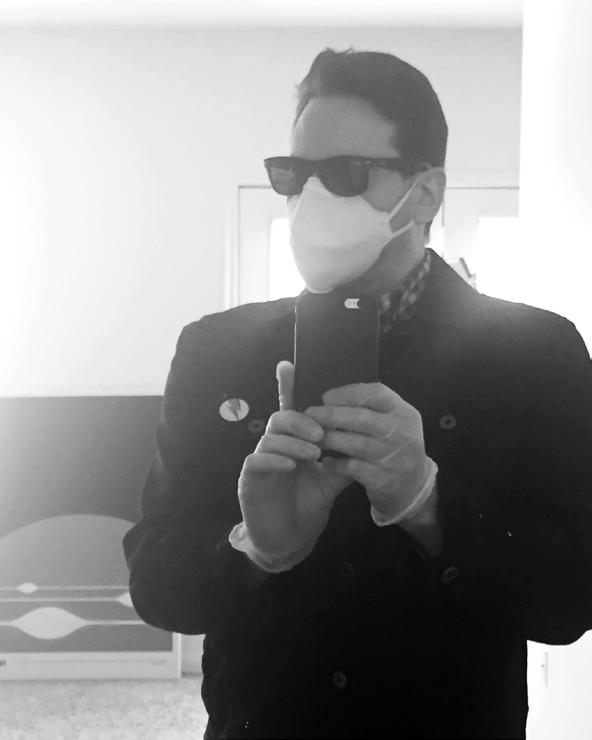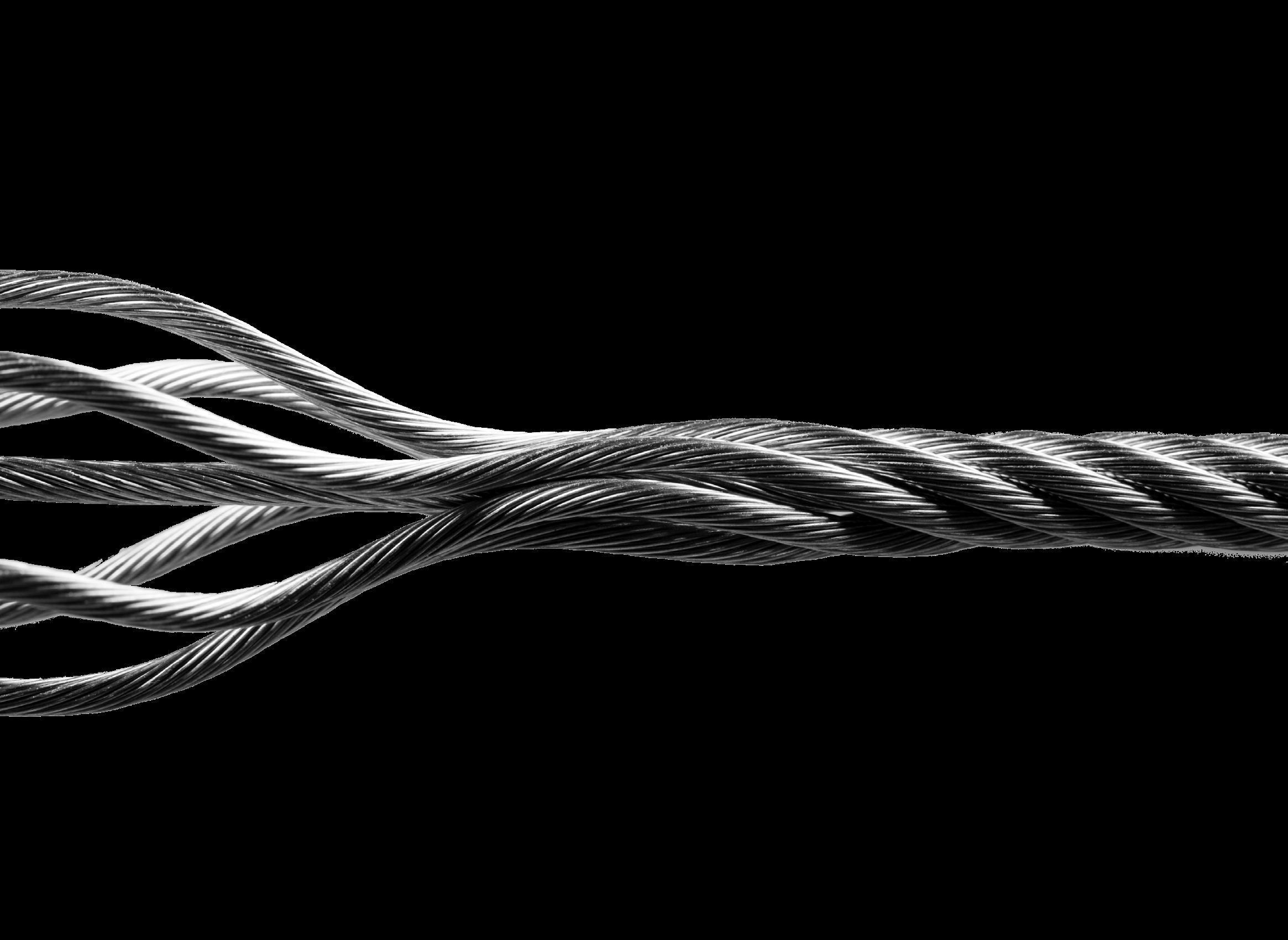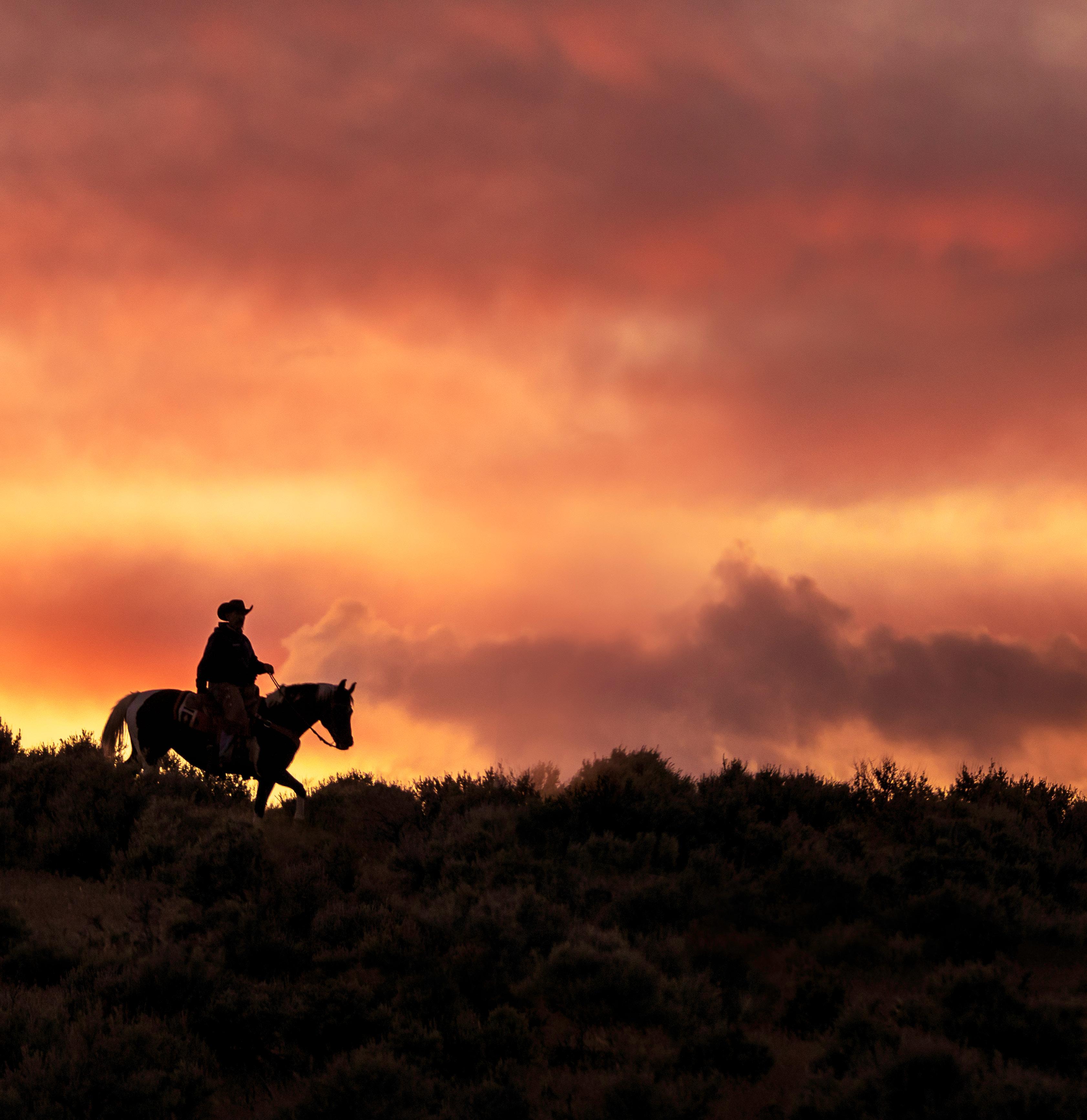
2 minute read
New Normal, Who Dis?
FROM THE EDITOR | BY CHARLES McGARVEY
I’d say the theme of this issue, if there is one, is time. This issue marks one year since the pandemic began in the United States and one year since the bar pivoted to remote work. Sometimes it feels like yesterday, other times it feels like much much longer.
And no wonder. For most, the perception of time has shifted in the last twelve months. Our movements restricted and our ability to plan for the future compromised by doubt, our notions of time and its value have been challenged.
Anthropologist, Felix Ringel, wrote “The current crisis, like many others, could be seen to deprive us of our temporal agency — the ability to structure, manage and manipulate our experience of time. For example, many of us will have already lost track of time, wondering which day of the week it is. It feels a bit as if time has come to a standstill.” A prominent feature of our experiences of time during crisis is what anthropologist Jane Guyer termed enforced presentism: a feeling of being stuck in the present, combined with the inability to plan ahead. When will we see our loved ones again? When can we travel? Or, for many, when can we go back to work? In the midst of this crisis, it can be hard to imagine a future that looks different than the present.
I tried to tell myself that this would all be over in a few weeks or months, but I knew that wasn’t true. “But remember H1N1?” I said hopefully. “I don’t remember that coming to Colorado,” my coworker countered. I knew she was right. This was different. I had seen the drone footage of the swarms of bulldozers franticly building hospitals in that city in China I had never heard of.
So, on March 13th, we cleaned off our desks and we said goodbye. The disbelief
My makeshift ironing board desk that I used in the early days of working from home. Adaptability — see what I mean?!
dulling the sadness, we all seemed to move in slow motion. Here’s where time first began to bend. In the weeks that followed, we found our footing then our groove, then our rhythm. A few months in, it became apparent that we had moved from surviving to thriving. At the CBA and DBA, we saw our participation rates more than double. Our members and our staff cleverly altered in-person events and programs to accommodate a virtual world. We were making it work. Resentfully, but still…
And that is what is so remarkable about humans: our adaptability. The courts adjusted, your firms adjusted, your family adjusted, your bar adjusted, and one year in we are still going strong. We’re all certainly over it, but standing tall. And we’re doing it together as a community.

Charles McGarvey
Charles McGarvey, Editor cmcgarvey@cobar.org










